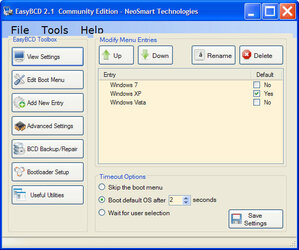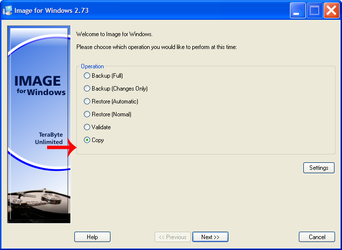The goal: Backup my system every time I re-format the OS for compatibility. Drive images (bootable backups) are the clear choice. Until now I have used seperate hard drives for each image - however (due to space) I now need to place multiple 128GB bootable backups on a single 1TB hard disk.
I already have bootable backups in place, the question is:
How can I move the individual backups onto a single drive, and make it so there are 3-4 bootable images on one drive.
Will I need to boot into the already existing backups and re-image them onto the new drive - or can they be transferred in some way?
I already have bootable backups in place, the question is:
How can I move the individual backups onto a single drive, and make it so there are 3-4 bootable images on one drive.
Will I need to boot into the already existing backups and re-image them onto the new drive - or can they be transferred in some way?


